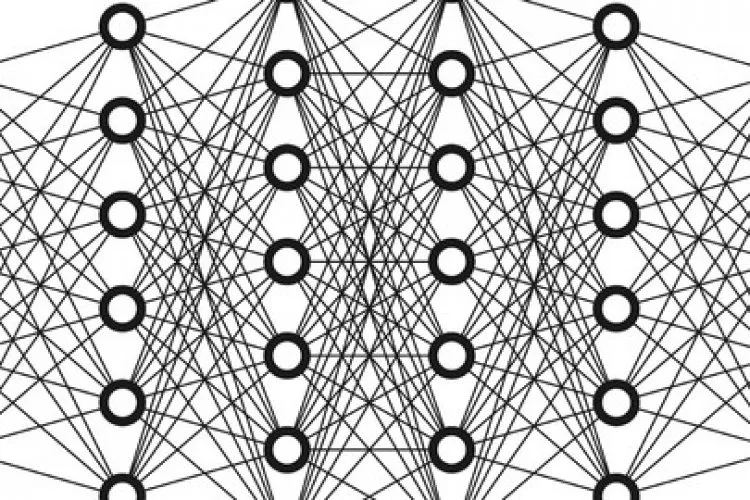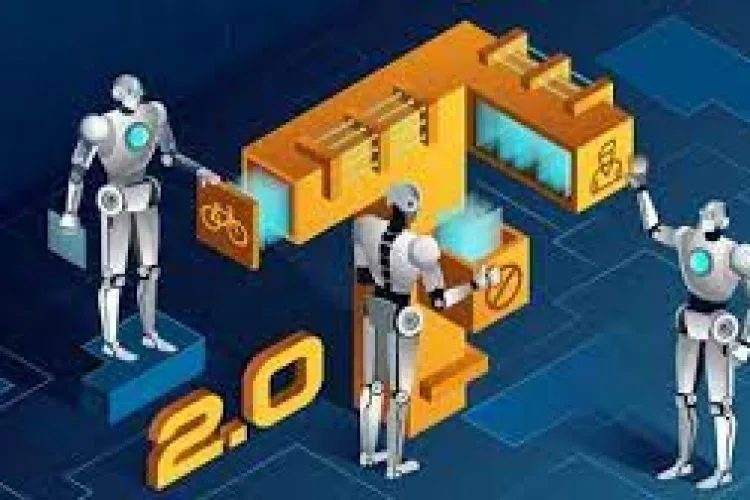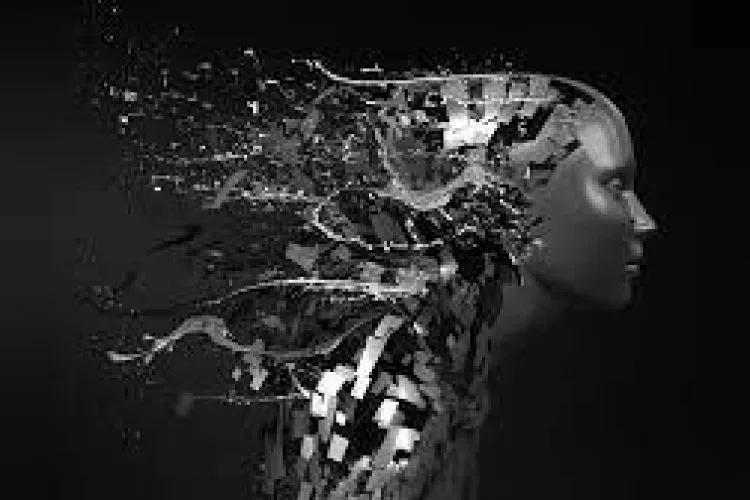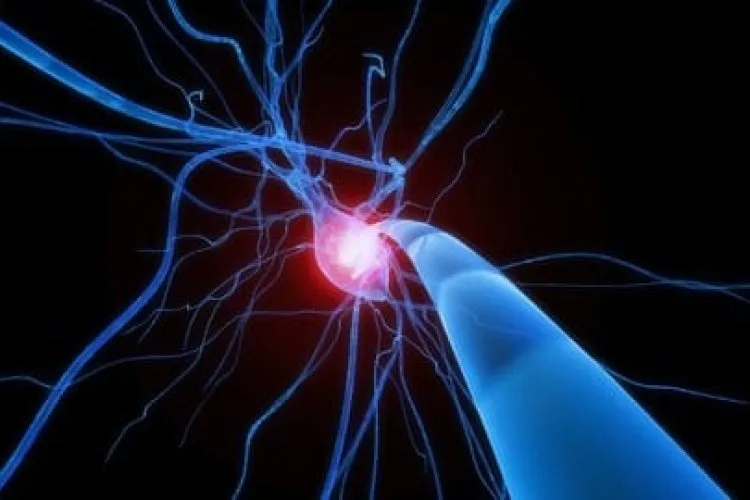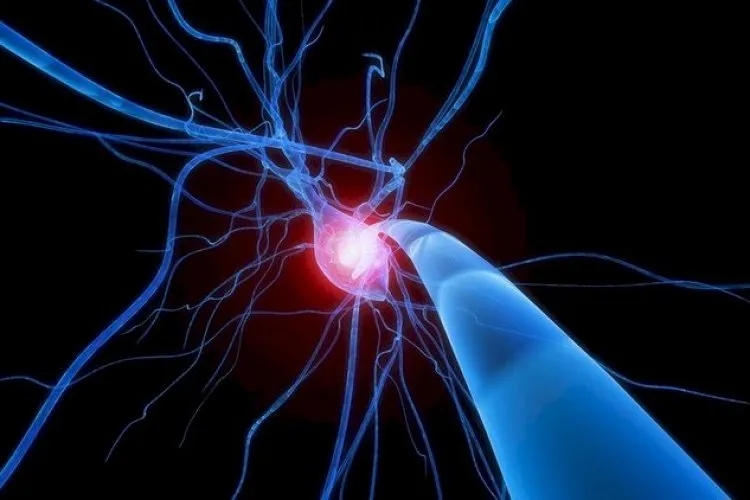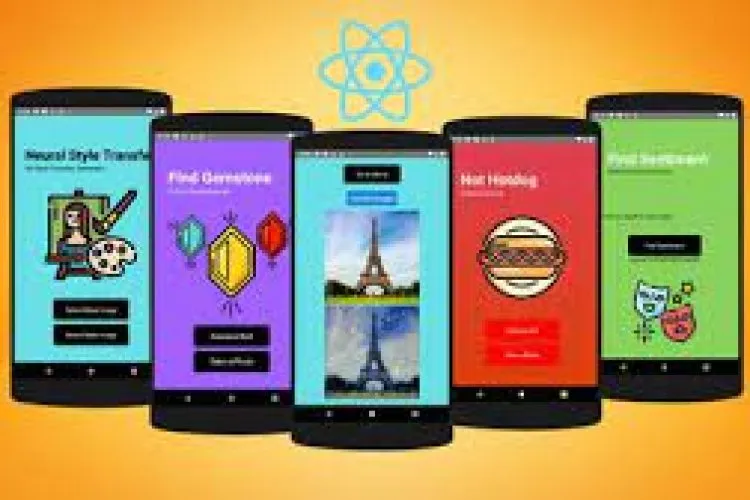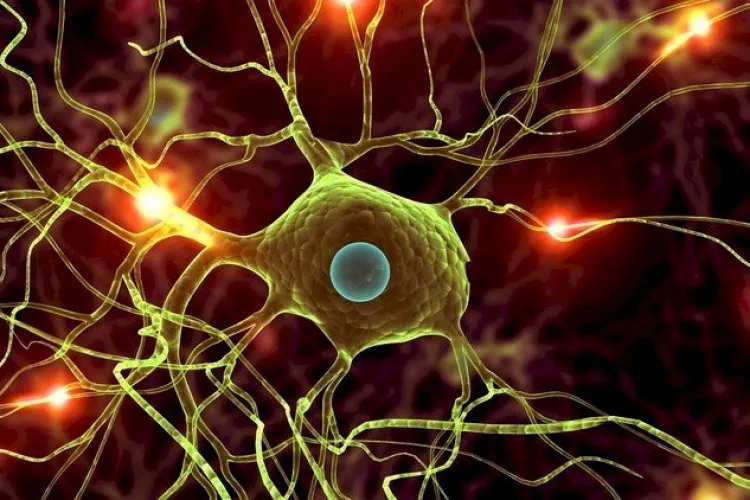TOP 10 Most Popular Deep Learning Courses
TOP 10 Most Popular Deep Learning Courses
TOP 10 Most Popular Deep Learning Courses
- 1. The Complete Neural Networks Bootcamp: Theory, Applications
- 2. TensorFlow 2.0 Practical
- 3. Cutting-Edge AI: Deep Reinforcement Learning in Python
- 4. Deep Learning A-Z™: Hands-On Artificial Neural Networks
- 5. Data Science: Deep Learning and Neural Networks in Python
- 6. Deep Learning Prerequisites: Linear Regression in Python
- 7. PyTorch for Deep Learning and Computer Vision
- 8. Deep Learning with React-Native & Python - Build 7 AI Apps
- 9. Modern Deep Learning in Python
- 10. Data Science and Machine Learning with Python and Libraries
1. The Complete Neural Networks Bootcamp: Theory, Applications
2. TensorFlow 2.0 Practical
3. Cutting-Edge AI: Deep Reinforcement Learning in Python
Description
Welcome to Cutting-Edge AI!
This is technically Deep Learning in Python part 11 of my deep learning series, and my 3rd reinforcement learning course.
Deep Reinforcement Learning is actually the combination of 2 topics: Reinforcement Learning and Deep Learning (Neural Networks).
While both of these have been around for quite some time, it’s only been recently that Deep Learning has really taken off, and along with it, Reinforcement Learning.
The maturation of deep learning has propelled advances in reinforcement learning, which has been around since the 1980s, although some aspects of it, such as the Bellman equation, have been for much longer.
4. Deep Learning A-Z™: Hands-On Artificial Neural Networks
Description
*** As seen on Kickstarter ***
Artificial intelligence is growing exponentially. There is no doubt about that. Self-driving cars are clocking up millions of miles, IBM Watson is diagnosing patients better than armies of doctors and Google Deepmind's AlphaGo beat the World champion at Go - a game where intuition plays a key role.
But the further AI advances, the more complex become the problems it needs to solve. And only Deep Learning can solve such complex problems and that's why it's at the heart of Artificial intelligence.
5. Data Science: Deep Learning and Neural Networks in Python
6. Deep Learning Prerequisites: Linear Regression in Python
Description
This course teaches you about one popular technique used in machine learning, data science and statistics: linear regression. We cover the theory from the ground up: derivation of the solution, and applications to real-world problems. We show you how one might code their own linear regression module in Python.
Linear regression is the simplest machine learning model you can learn, yet there is so much depth that you'll be returning to it for years to come. That's why it's a great introductory course if you're interested in taking your first steps in the fields of:
-
deep learning
-
machine learning
-
data science
-
statistics
In the first section, I will show you how to use 1-D linear regression to prove that Moore's Law is true.
What's that you say? Moore's Law is not linear?
You are correct! I will show you how linear regression can still be applied.
7. PyTorch for Deep Learning and Computer Vision
8. Deep Learning with React-Native & Python - Build 7 AI Apps
Description
Join the most comprehensive React-Native & Deep Learning course on Udemy and learn how to build amazing state-of-the-art Deep Learning applications!
Do you want to learn about State-of-the-art Deep Learning algorithms and how to apply them to IOS/Android apps? Then this course is exactly for you! You will learn how to apply various State-of-the-art Deep Learning algorithms such as GAN's, CNN's, & Natural Language Processing. In this course, we will build 7 Deep Learning apps that will demonstrate the tools and skills used in order to build scalable, State-of-the-Art Deep Learning React-Native applications!
9. Modern Deep Learning in Python
Description
This course continues where my first course, Deep Learning in Python, left off. You already know how to build an artificial neural network in Python, and you have a plug-and-play script that you can use for TensorFlow. Neural networks are one of the staples of machine learning, and they are always a top contender in Kaggle contests. If you want to improve your skills with neural networks and deep learning, this is the course for you.
You already learned about backpropagation, but there were a lot of unanswered questions. How can you modify it to improve training speed? In this course you will learn about batch and stochastic gradient descent, two commonly used techniques that allow you to train on just a small sample of the data at each iteration, greatly speeding up training time.
You will also learn about momentum, which can be helpful for carrying you through local minima and prevent you from having to be too conservative with your learning rate. You will also learn about adaptive learning rate techniques like AdaGrad, RMSprop, and Adam which can also help speed up your training.


